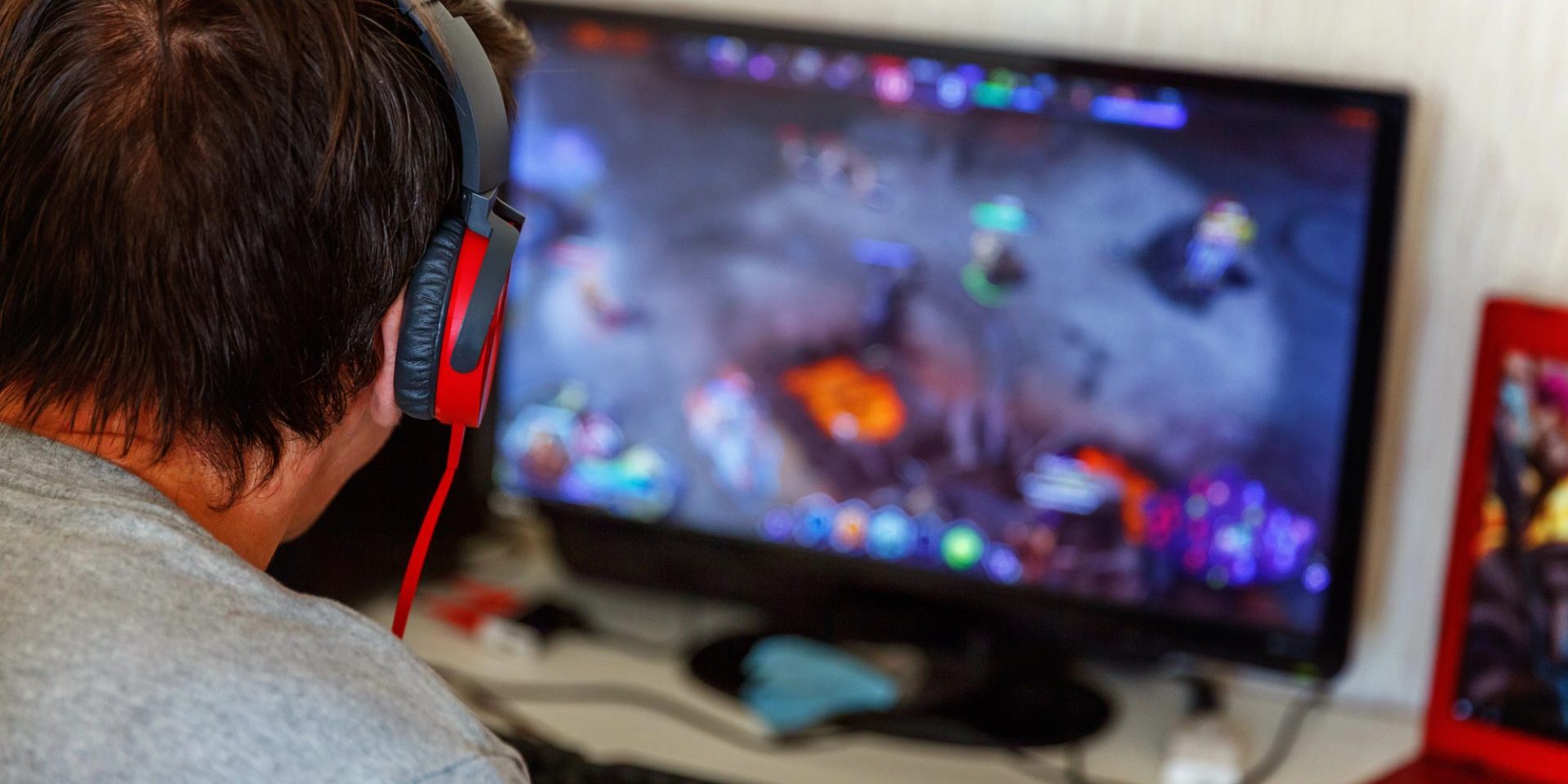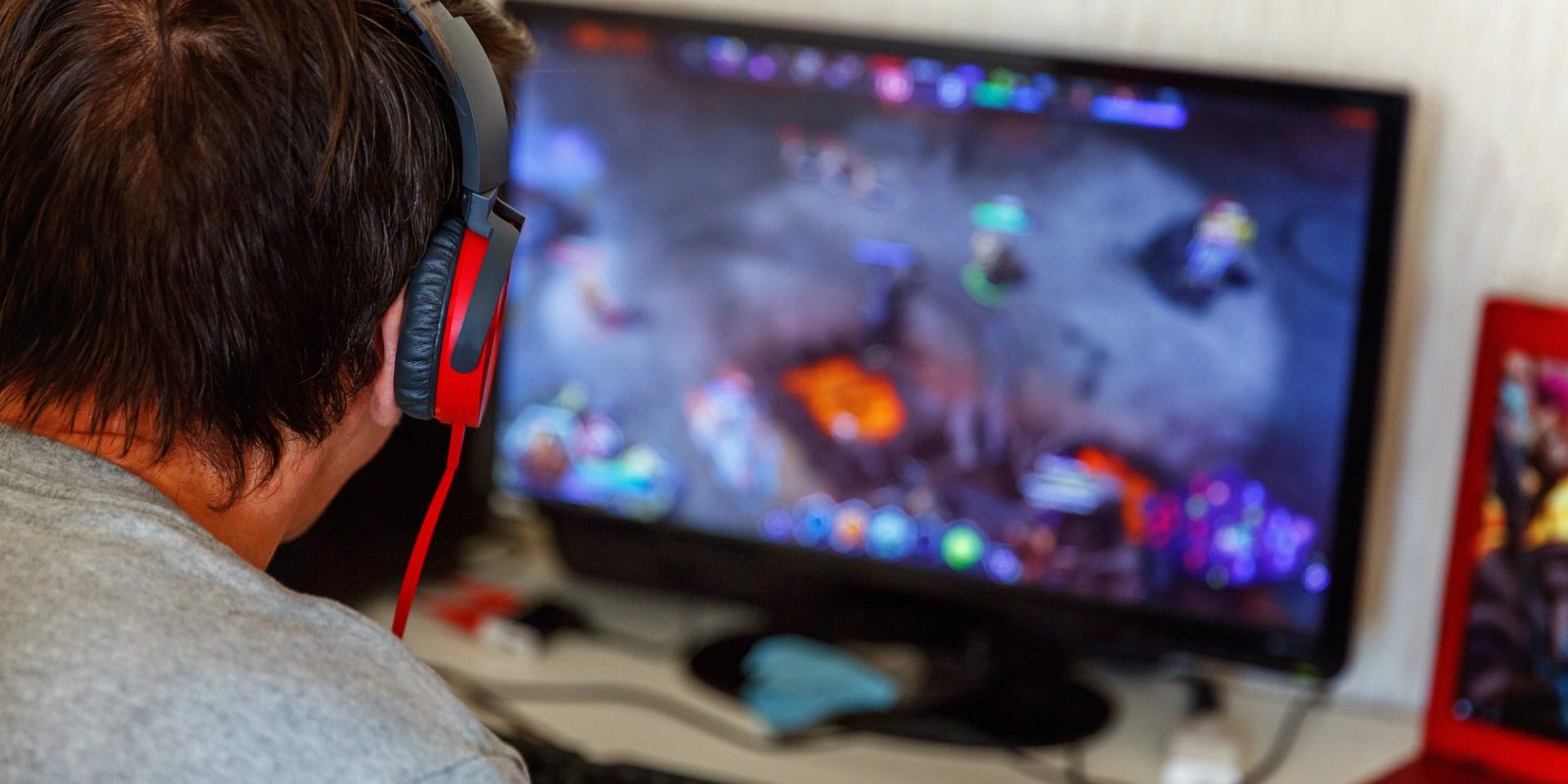Video games have evolved beyond mere entertainment, becoming powerful educational tools in modern classrooms. These interactive platforms offer unique opportunities for learning, particularly in subjects like math and science. Video games enhance critical thinking, problem-solving, and collaboration skills while providing engaging contexts for educational content.
Students today are increasingly familiar with digital technology, making video games a natural fit for educational settings. Games set excellent contexts through compelling narratives, triggering emotional responses that make learning more memorable. This approach taps into the way humans are wired to connect with stories, creating lasting educational impacts.
The integration of video games in education challenges traditional teaching methods. By blending fun gameplay with academic content, these tools offer a fresh approach to learning. As technology continues to advance, the potential for video games to revolutionize education grows, opening new avenues for student engagement and academic success.
The Evolution of Video Games in Education
Video games have transformed from pure entertainment to powerful educational tools. Their integration into classrooms has sparked new learning approaches and opportunities for students.
From Entertainment to Educational Revolution
Early educational games focused on basic skills like math and spelling. As technology advanced, games became more sophisticated. The 1980s saw the rise of programs like “Oregon Trail” and “Where in the World is Carmen Sandiego?” These titles combined learning with engaging gameplay.
In the 1990s and 2000s, educational games expanded to cover more subjects. Science, history, and language learning games gained popularity. Developers started creating games specifically for classroom use.
Today, educational games span all age groups and subjects. They range from simple mobile apps to complex simulations. Many incorporate advanced features like artificial intelligence and virtual reality.
Serious Games and Game-Based Learning
Serious games are designed primarily for education rather than entertainment. They simulate real-world scenarios to teach specific skills. Examples include flight simulators for pilot training and business strategy games for management education.
Game-based learning uses game elements in non-game contexts. This approach makes learning more engaging and interactive. It often includes points, badges, and leaderboards to motivate students.
Research shows game-based learning can improve retention and problem-solving skills. It also boosts student motivation and engagement. As a result, more schools are adopting this approach across various subjects.
Minecraft in the Classroom: A Case Study
Minecraft, originally a popular sandbox game, has become a powerful educational tool. Its Education Edition, launched in 2016, is used in schools worldwide.
Teachers use Minecraft to teach subjects like math, science, and history. Students can build historical structures, conduct virtual science experiments, or solve math problems in the game world.
Minecraft fosters creativity, collaboration, and critical thinking. It allows students to visualize complex concepts in 3D space. The game also teaches digital citizenship and online safety.
Schools report increased student engagement and improved learning outcomes with Minecraft. Its success has inspired other game developers to create similar educational platforms.
Incorporating Video Games Into Curriculum
Video games offer unique opportunities to enhance learning experiences when integrated thoughtfully into educational settings. Educators can leverage game-based elements to align with curriculum goals, foster student agency, and provide timely feedback.
Aligning Games with Educational Goals
Selecting appropriate video games requires careful consideration of curriculum objectives. Educators should identify games that reinforce specific skills or concepts being taught. For example, Civilization V can support history lessons by allowing students to explore different civilizations and historical periods.
When integrating games, teachers must clearly articulate learning outcomes. This helps students understand the purpose behind gameplay and how it connects to broader educational goals. Creating structured lesson plans that incorporate pre- and post-game activities can maximize the learning potential.
Some games may need modification to fit classroom needs. Teachers can create custom scenarios or use only relevant portions of a game to target specific learning objectives.
Agency and Choice in Learning Through Games
Video games empower students by offering agency in their learning journey. Games often present multiple paths to success, allowing learners to make decisions and see the consequences of their choices. This fosters critical thinking and problem-solving skills.
Educators can capitalize on this by:
- Encouraging students to explain their in-game strategies
- Facilitating discussions about different approaches to challenges
- Allowing time for experimentation and exploration within the game
Games like Minecraft Education Edition exemplify this approach. Students can build, create, and collaborate in open-ended environments, applying concepts from various subjects in practical ways.
Assessment and Feedback in Educational Games
Video games excel at providing immediate feedback, a key element in effective learning. Many educational games include built-in assessment tools that track student progress and highlight areas for improvement.
Teachers can use game-generated data to:
- Identify struggling students who may need extra support
- Recognize high performers who could benefit from additional challenges
- Adjust instruction based on class-wide performance trends
Some games allow teachers to create custom quizzes or challenges within the game environment. This seamless integration of assessment maintains student engagement while providing valuable insights into their understanding.
Educators should balance in-game assessments with traditional evaluation methods to gain a comprehensive view of student learning. Reflective activities, such as journaling about game experiences, can help students articulate their learning and connect it to broader educational goals.
Boosting Student Engagement and Motivation
Video games offer powerful tools to enhance student engagement and motivation in educational settings. These digital platforms leverage game mechanics to create immersive learning experiences that captivate students’ attention and drive active participation.
Gamification Elements and Student Focus
Gamification incorporates game-like features into educational activities to boost student interest. Badges, points, and leaderboards serve as extrinsic motivators, encouraging students to complete tasks and achieve goals. These elements tap into students’ competitive nature and desire for recognition.
Digital educational games foster a sense of progress and accomplishment. As students advance through levels or unlock new content, they experience a tangible sense of growth. This feeling of mastery can significantly increase their motivation to continue learning.
The interactive nature of video games promotes sustained focus. Students actively engage with the material rather than passively consuming information, leading to improved retention and understanding of concepts.
Challenges, Success, and Recognizing Achievement
Well-designed educational games present students with appropriate challenges that match their skill levels. This balance keeps learners engaged without feeling overwhelmed or bored. As students overcome obstacles, they build confidence and develop problem-solving skills.
Success in game-based learning environments provides immediate positive reinforcement. Instant feedback on performance allows students to adjust their strategies and learn from mistakes quickly. This rapid feedback loop accelerates the learning process and maintains student interest.
Achievement systems in educational games recognize students’ efforts and progress. Trophies, certificates, or virtual rewards celebrate milestones and motivate learners to set and reach new goals. These acknowledgments can be particularly effective for students who may struggle in traditional academic settings.
The Importance of Active Learning
Video games promote active learning by requiring students to make decisions, solve problems, and apply knowledge in context. This hands-on approach increases engagement and helps students connect abstract concepts to real-world situations.
Game-based learning environments often simulate complex systems or scenarios. Students can experiment, take risks, and learn from failures without real-world consequences. This safe space for exploration encourages creative thinking and innovative problem-solving.
Multiplayer educational games facilitate collaboration and peer learning. Students can work together to overcome challenges, share knowledge, and develop teamwork skills. This social aspect of gaming can make learning more enjoyable and increase motivation to participate.
Challenges and Future Prospects of Games in Education
Video games in education face several hurdles but also present exciting opportunities for growth and innovation. The field grapples with balancing screen time, adapting teaching methods, and keeping pace with rapid technological changes.
Balancing Screen Time and Educational Value
Educators and parents worry about excessive screen exposure when using video games for learning. Finding the right balance between digital engagement and other educational activities is key. Games must provide clear educational benefits to justify their use in classrooms.
Some schools limit game-based learning to specific time slots or subjects. Others integrate short game sessions throughout the day. Tracking student progress helps assess the educational impact of gaming time.
Quality matters more than quantity. Well-designed educational games can deliver focused learning experiences in shorter play sessions.
Teacher Training and the Shifting Role of Educators
Incorporating games into curricula requires teachers to develop new skills. Many educators lack experience with game-based learning techniques. Schools need to provide training on selecting appropriate games, facilitating gameplay, and assessing learning outcomes.
Teachers’ roles shift from lecturers to guides and facilitators in game-based environments. They must learn to spark discussions, encourage critical thinking, and help students apply game concepts to real-world scenarios.
Professional development programs can help teachers gain confidence in using games effectively. Peer mentoring and shared resources allow educators to learn from each other’s experiences.
Emerging Trends and Technological Advancements
Virtual and augmented reality are creating immersive educational experiences. These technologies allow students to explore historical sites, conduct virtual science experiments, or practice medical procedures in safe, simulated environments.
Artificial intelligence is personalizing game-based learning. AI can adapt game difficulty, provide targeted feedback, and identify areas where students need extra support.
Mobile gaming is making educational content more accessible. Students can learn on smartphones and tablets, extending learning beyond the classroom.
Cross-platform games enable collaborative learning across devices. Students can work together on projects regardless of the technology they use at home or school.












